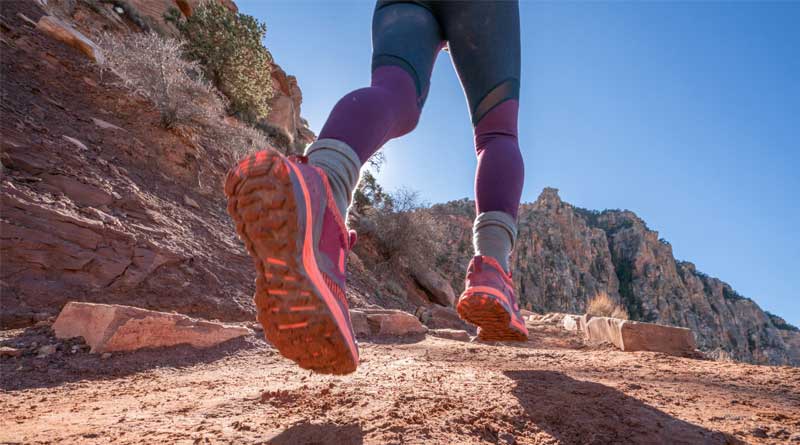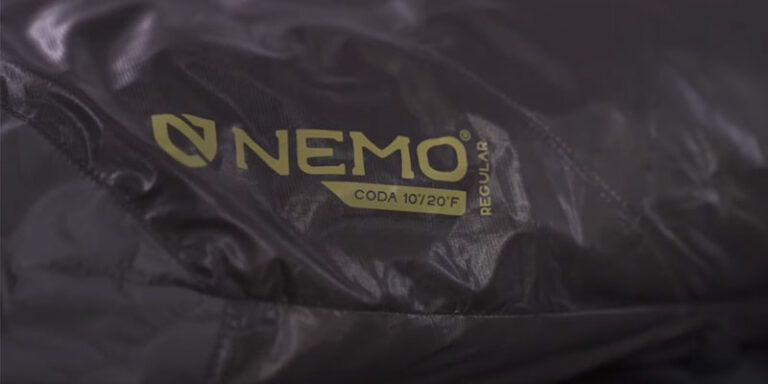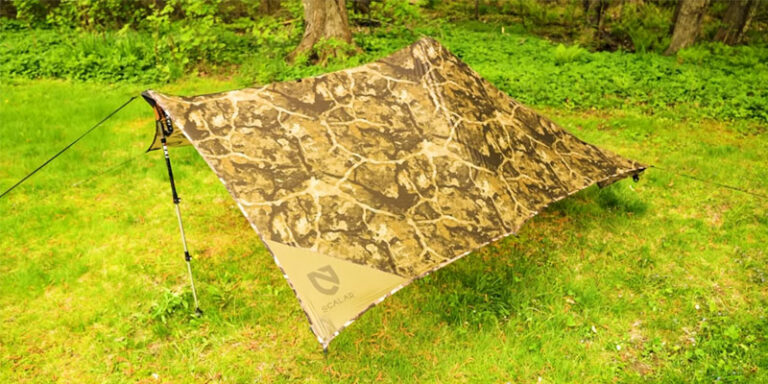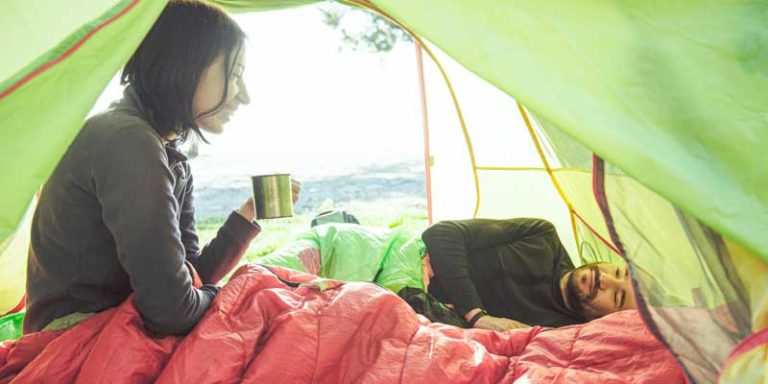Finding the right trail running shoes can be tricky. Many shoes feel too wide and loose. A poor fit can cause blisters and discomfort on rough trails. The best shoes for narrow feet offer a snug fit and good support. They also provide grip, cushioning, and durability for different terrains. In this guide, we review the top trail running shoes for narrow feet. We focus on comfort, stability, and performance. Whether you run on rocky paths or muddy trails, we have options for you. Read on to find the perfect pair for your next adventure.
1. La Sportiva Bushido III

- Cushioning: Moderate, firm EVA midsole
- Drop: 6mm
- Weight: 10.5 oz for men, 8.8 oz for women
- Upper: Breathable mesh with welded overlays for durability
The La Sportiva Bushido III continues the legacy of its predecessors, offering a precise, locked-in fit with exceptional stability for technical trails. The firm midsole provides excellent ground feel, making it ideal for runners who prioritize responsiveness over plush cushioning. Its aggressive 6mm lugs and FriXion XT outsole grip exceptionally well on rocky, uneven terrain, while the updated upper enhances breathability and durability.
Best suited for mountain trails and technical descents, the Bushido III thrives on challenging terrain where traction and control are key. However, the firm cushioning might not be ideal for runners looking for a softer, more forgiving ride on long-distance efforts. Despite that, its superior protection, reinforced toe cap, and snug fit make it a solid choice for those who need precision and confidence on rugged trails.
Pros & Cons
✅ Outstanding grip on technical terrain
✅ Durable and protective upper
✅ Secure, locked-in fit
✅ Excellent responsiveness and stability
❌ Firmer cushioning may feel harsh on long runs
❌ Narrow fit may not suit wider feet
See the La Sportiva Bushido III See the Women’s Bushido III
2. Salomon Speedcross 6

- Cushioning: EnergyCell+ midsole for soft yet responsive feel
- Drop: 10mm
- Weight: 10.5 oz for men, 9.0 oz for women
- Upper: Anti-debris mesh with Sensifit™ for a snug fit
The Speedcross 6 continues to be one of the most recognizable trail shoes, excelling in muddy and soft terrain thanks to its deep, widely spaced lugs. The redesigned outsole improves mud-shedding, ensuring a better grip in wet and loose conditions. The EnergyCell+ midsole provides a balance of soft cushioning and responsiveness, making it comfortable for mid-distance runs.
While the snug Sensifit™ upper ensures a secure fit, it may feel too tight for runners with wider feet. Additionally, the 10mm drop and soft ride make it less suitable for highly technical rocky trails where ground feel is essential. However, if you’re looking for a shoe that dominates muddy paths and offers comfort over long miles, the Speedcross 6 remains a top contender.
Pros & Cons
✅ Excellent traction in mud and soft terrain
✅ Comfortable cushioning for long runs
✅ Snug and secure fit
✅ Quicklace system for easy adjustments
❌ Less stable on rocky technical terrain
❌ Narrow fit may not suit everyone
See the Salomon Speedcross 6 See the Women’s Speedcross 6
3. Brooks Divide 5

- Cushioning: DNA Loft v2 midsole for soft comfort
- Drop: 8mm
- Weight: 10.3 oz for men, 9.0 oz for women
- Upper: Breathable engineered mesh with reinforced overlays
The Brooks Divide 5 is designed as a hybrid trail shoe, ideal for runners who transition between road and light trails. With its DNA Loft v2 midsole, it offers a soft and smooth ride, making it one of the most comfortable options in its category. The outsole features a mild tread pattern that provides decent grip on dirt paths and packed trails, though it’s not aggressive enough for technical terrain.
If you’re new to trail running or looking for a shoe that can handle both pavement and moderate off-road routes, the Divide 5 is a fantastic choice. However, for more rugged and wet conditions, the traction may not be sufficient. It’s a great entry-level option for casual trail runners but might fall short for those tackling more demanding routes.
Pros & Cons
✅ Very comfortable for road-to-trail transitions
✅ Smooth ride with soft cushioning
✅ Breathable and lightweight upper
✅ Affordable price point
❌ Limited traction on technical or muddy trails
❌ Lacks rock protection for rugged terrain
See the Brooks Divide 5 See the Women’s Divide 5
4. HOKA Speedgoat 6

- Cushioning: CMEVA midsole for plush comfort
- Drop: 4mm
- Weight: 10.2 oz for men, 8.6 oz for women
- Upper: Lightweight engineered mesh with reinforced overlays
The Speedgoat 6 maintains HOKA’s signature max-cushion feel while improving agility and breathability. It features a soft yet responsive midsole, making it an excellent choice for long-distance runs over varied terrain. The Vibram® Megagrip outsole with 5mm lugs ensures superior traction on both dry and wet surfaces, giving runners confidence on technical trails.
While the plush cushioning makes it ideal for ultramarathons and long training days, the higher stack height can reduce ground feel and stability on highly technical terrain. However, if you’re looking for a cushioned ride with reliable grip and protection, the Speedgoat 6 is a solid upgrade from its predecessor.
Pros & Cons
✅ Exceptional cushioning for long distances
✅ Vibram® Megagrip outsole for superior traction
✅ Lightweight and breathable design
✅ Improved agility compared to previous versions
❌ High stack height reduces ground feel
❌ Can feel bulky on technical trails
See the HOKA Speedgoat 6 See the Women’s Speedgoat 6
5. Brooks Catamount 4

- Cushioning: DNA Flash midsole with nitrogen-infused foam
- Drop: 6mm
- Weight: 9.7 oz for men, 8.4 oz for women
- Upper: Lightweight engineered mesh with TPU overlays
The Brooks Catamount 4 is built for speed and agility on the trails. With its nitrogen-infused DNA Flash midsole, it delivers a responsive and bouncy ride, making it a great choice for fast trail runs and races. The outsole features TrailTack rubber for reliable grip on a variety of surfaces, while the updated upper provides a secure yet breathable fit.
This shoe shines on well-groomed trails and moderate technical terrain but may not be the best choice for extreme conditions due to its relatively shallow lugs. The lightweight design makes it an excellent option for runners who prioritize speed over maximum cushioning. Overall, the Catamount 4 is a top pick for trail runners who want a fast, nimble shoe with just enough protection.
Pros & Cons
✅ Lightweight and responsive for fast running
✅ DNA Flash midsole provides excellent energy return
✅ TrailTack rubber ensures solid traction
✅ Secure yet breathable upper
❌ Less suited for extreme technical terrain
❌ Limited cushioning for ultra distances
See the Brooks Catamount 4 See the Women’s Catamount 4
How to Choose Trail Runners for Narrow Feet?
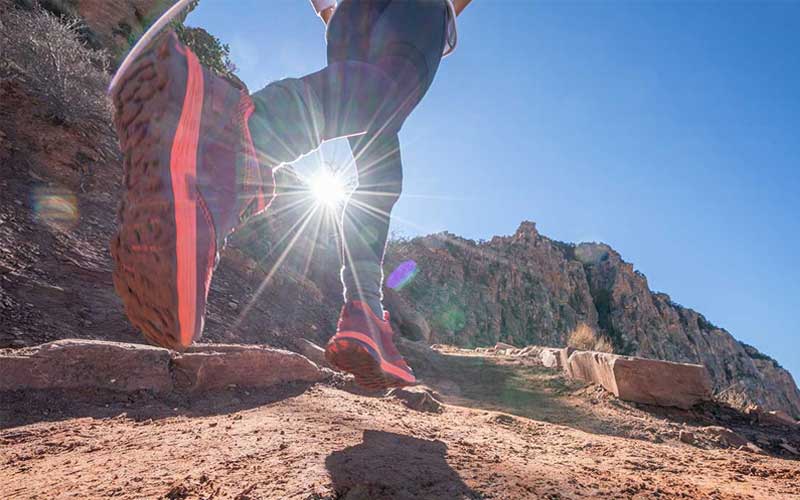
Trail running is an exciting sport that takes you off-road. It requires the right footwear for comfort, support, and performance. If you have narrow feet, finding the right trail running shoes can be tricky. Standard shoes may feel too loose, leading to discomfort and instability. The right shoes will give you a snug fit, preventing blisters and improving your running experience.
Understanding Narrow Feet
Narrow feet are slimmer than average. They need shoes with a tighter fit to prevent slipping inside the shoe. If your shoes are too wide, your feet will move too much, causing discomfort. A good fit will improve stability and prevent injuries. Many brands offer shoes in different widths, including narrow options. Understanding your foot shape will help you choose the best shoes for your needs.
Finding the Right Fit
The fit of your trail running shoes is the most important factor. Look for models that offer a snug feel without being too tight. Your shoes should hold your feet securely without squeezing them uncomfortably. The heel should not slip, and your toes should have enough room to move. Some brands make shoes specifically for narrow feet. Others have lacing systems that help adjust the fit for a tighter feel.
Choosing the Right Shoe Type
There are different types of trail running shoes, each designed for specific conditions. Lightweight shoes are great for short runs and smooth trails. They offer flexibility and speed but may lack support. Cushioned shoes provide comfort for long-distance runs. They absorb shock and reduce stress on your feet. Stability shoes help if you need extra support. They prevent your feet from rolling too much. Rugged shoes have aggressive treads for rocky and muddy trails. Choose a shoe that matches the type of trails you run on most often.
Considering the Lacing System
The lacing system plays a big role in how shoes fit. Some shoes have traditional laces that let you adjust the tightness. Others have quick-lace systems that provide an even fit. You can also use different lacing techniques to improve the fit for narrow feet. A runner’s loop or heel lock lacing can help keep your feet secure inside the shoe. Experiment with lacing to find the best fit for you.
Looking for Narrow-Specific Models
Some brands make trail running shoes specifically for narrow feet. Brands like Salomon, Brooks, and La Sportiva offer models in narrower widths. These shoes have a slimmer design that hugs your feet securely. If a brand does not offer narrow sizes, look for models known to have a tighter fit. Reading reviews can help you find shoes that work well for narrow feet.
Checking the Heel and Midfoot Fit
The heel and midfoot are key areas for a good fit. The heel should sit snugly without slipping. A loose heel can cause blisters and instability. The midfoot should feel secure but not too tight. If your foot moves too much in these areas, the shoe may not be a good fit for you. Trying on shoes and testing them on different surfaces can help you find the best fit.
Evaluating the Toe Box
The toe box is another important factor. It should provide enough room for your toes to spread slightly. If it is too tight, it can cause discomfort and blisters. If it is too wide, your foot may slide forward. Look for a balance between snugness and comfort. Some shoes have tapered toe boxes that suit narrow feet better.
Choosing the Right Material
The material of your shoes affects their fit and durability. Mesh uppers are lightweight and breathable. They help keep your feet cool and dry. Synthetic overlays provide structure and support. Some shoes have waterproof membranes to keep moisture out. If you run in wet conditions, waterproof shoes may be a good option. However, they can be less breathable than non-waterproof models.
Checking the Cushioning and Support
Cushioning affects comfort and performance. If you run on rocky trails, more cushioning can protect your feet. If you prefer a natural feel, go for minimal cushioning. Support is also important. Some shoes have built-in arch support, while others rely on insoles. If you need extra support, consider using custom insoles.
Testing the Outsole Grip
The outsole determines how well your shoes grip different surfaces. Trail running shoes have lugs that provide traction. Deeper lugs offer better grip on muddy and loose trails. Shallower lugs work well on hard-packed trails. If you run in mixed conditions, look for shoes with versatile traction patterns.
Considering Weight and Flexibility
Lighter shoes help you move faster, but they may have less support. Heavier shoes provide stability and durability but can feel bulky. The right balance depends on your running style and trail conditions. Flexibility is also important. A flexible shoe allows natural foot movement. A stiff shoe provides more protection on rocky trails. Try bending the shoe to see how flexible it is before buying.
Checking for Comfort Features
Comfort is essential for long runs. Padded collars and tongues reduce pressure on your feet. Seamless uppers prevent irritation. A good insole adds extra comfort. Some shoes have rock plates that protect your feet from sharp rocks. Choose features that enhance your comfort without adding unnecessary weight.
Trying Before Buying
Always try on shoes before buying if possible. Walk and run in them to see how they feel. If you buy online, check the return policy. Some brands offer free returns if the fit is not right. Trying different models will help you find the best shoe for your needs.
Replacing Shoes When Needed
Trail running shoes wear out over time. Running in worn-out shoes can cause discomfort and injuries. Replace your shoes every 300-500 miles, depending on the terrain. Signs of wear include reduced cushioning, worn-out treads, and discomfort during runs. Keeping track of your mileage can help you know when to replace them.
Final Thoughts
Choosing trail runners for narrow feet requires attention to fit, support, and comfort. A snug fit prevents movement inside the shoe, reducing blisters and injuries. Look for models designed for narrow feet or shoes with adjustable features. Consider the type of trails you run on and choose shoes with the right traction and cushioning. Testing different options and replacing your shoes when needed will keep you comfortable and safe on the trails.
